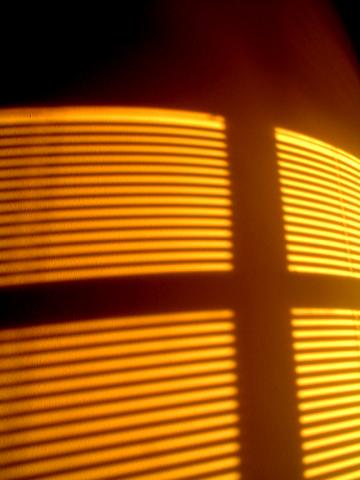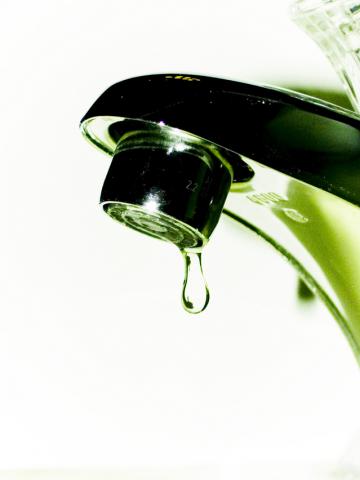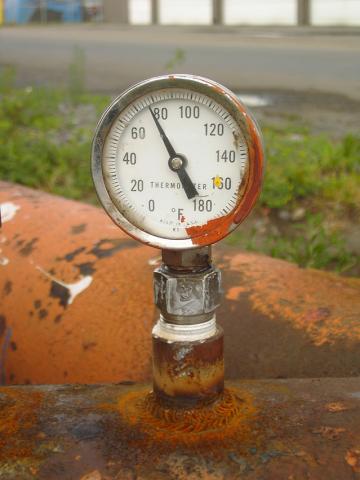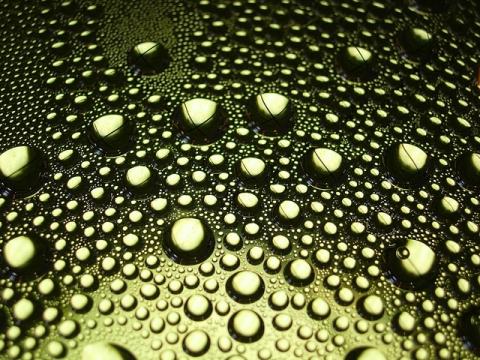Back to the Basics: Sample pre-conditioning and filtering
Because the analyzer response time is critical, large pre-conditioning filters in the sample line are to be avoided. The delay in a filter can be estimated by dividing the filter volume by the sample flow rate through the filter.





